In January, Rob Knight and I led a photography workshop in Costa Rica. We have many things in common, but camera gear isn’t one of them. He smiles at my nimble photography approach while bench pressing his Sony full frame mirrorless with 600mm telephoto attached. But the interesting thing is, we both had an excellent week, despite our gear differences.
Costa Rica is a tapestry of culture, countryside, and wildlife. Trying to capture it all can humble even the most talented photographer.
Over the course of two visits, I’ve learned many lessons. The most important is: I’m not going to get every shot, every time. Here’s how I became comfortable with that, and how it can help your photography too.
Day 1 — Arrival in Costa Rica
Twelve of us boarded a white Sprinter van at the Doubletree in San Jose, Costa Rica. Large suitcases were loaded through an open window in the back. The driver was inside receiving the luggage and organizing it in the rear compartment. We were outside, heaving it up to him. I was amazed at how heavy some of the camera bags were.
I began to wonder, “Have I brought a knife to a gunfight?” My working brand is “The Nimble Photographer.” I pride myself on traveling light and still getting the shot. I was tackling Costa Rica with just a carry-on suitcase and a gear backpack. Others must have noticed my two small bags and surmised, “He’s not going to make it.”
My suitcase contained four changes of clothes, toiletries, flip-flops, and a laundry kit to wash shirts, socks, and underwear in the room. This approach works great in Arizona, where hanging items dry overnight. In Costa Rica’s humidity, they actually got wetter on the clothesline. During the second half of the trip, I would begin each morning by using the bathroom blow dryer, not on my hair, but on my shirt and underwear.
(Side note: I was a bit lucky here. Our first accommodation was quite spartan and didn’t include a hair dryer — not a problem because my clothes were clean at this stage of the trip. Fortunately, our second hotel had more amenities. Had the two been switched, I would have had to get creative.)
I was concerned that I had created a parallel situation with my camera gear. Costa Rica is known for its diverse wildlife. Photo opportunities range from large crocodiles in the Tarcoles River, to sloths high in the canopy, to small tree frogs hiding at night, to colorful birds everywhere.
I had the equivalent of a 315 mm, f/4, telephoto lens, plus a wide-to-mid zoom, and a macro lens. My co-facilitator, and experienced Costa Rica visitor, was toting 600 mms on a full-frame Sony camera. Other photographers had between 400 mms and 600 mms for their longest lens as well. I had the option to add a 1.4X teleconverter, but I usually didn’t want to sacrifice the one stop of light for the extra magnification
Day 2 — A Humbling Experience
The second day in the Carera National Park was brutal. Our local guide, an expert naturalist, began our tour in the parking lot by pointing out a small brown bird high in the trees 200 meters away. “This is a very rare find,” he exclaimed with excitement. I couldn’t even see it at first. I pulled out my compact spotting optic and finally located the object of excitement.
Long telephoto lenses pointed upward like a peaceful firing squad. The bird went about its business amid the sounds of shutters firing.
I wandered the parking lot and took a picture of a Black Spiny-Tailed Iguana sunning itself in the morning light.
From there we marched through mud and jungle in hopes of capturing local species in our camera frames. I enjoyed the hike. Costa Rica national parks are magical. The plant diversity is amazing. The howler monkeys high in the trees are fascinating to watch. The colorful birds are unlike anything I’ve seen in the wild.
I returned to my room that night with a few pictures, but nothing that would make it into my final presentation. This was only day two. I knew from experience that my time would come.
Day 3 — The Turning Point
We drove to Playa de Tarcoles the next morning. I was excited by this location because there was a fishing village there. I’m a street photographer at heart, no matter how muddy the road is.
All of the photographers, except for three of us, immediately wandered off on a path in search of colorful birds. I hung behind and photographed daily life in the village. I introduced myself to one of the fishermen, and he told me his name was Idel.
We muddled through my clunky Spanish and managed to exchange pleasantries, including his approval for my hanging around and taking pictures while he mended a fishing net.
(Side note: During introductions, I wasn’t pronouncing his name correctly. To remedy this, Idel picked up a stick and wrote his name in the sand. I finally got it right, and was impressed with his patience.)
The village in Playa de Tarcoles fascinated me — the colorful boats, playful dogs, and the fishermen’s steadfast connection with nature — was exactly the kind of place I wanted to immerse myself in.
I tried not to be a nuisance. Idel had work to do, and he didn’t need some curious Californian getting in his way. So after a few dozen shots, I parked myself on a tree stump and let the village come to me. More terrific shots ensued.
I love my photographs from Playa de Tarcoles. I’m thankful that I was allowed to be a part of their world for a few hours.
Day 7 — The Grand Finale
On our way to Ecocentro Danaus Reserve Biological near La Fortuna, we spotted another Sprinter van pulled off the side of the road near a line of trees. Our driver slowed down, then exclaimed, “Sloth!”
We pulled over on the opposite side, gingerly crossed the road, and looked up. There he was, only about 12 feet above us, a two-toed sloth enjoying the morning.
I had seen sloths in Costa Rica before, but they were always a distant brown ball of fur that occasionally moved. This guy was accessible and animated, at least for a sloth. He seemed to relish the attention of a dozen telephoto lenses pointed in his direction.
In his methodical slow-motion manner, he ran through a series of poses before deciding it was time for another nap. For a few precious moments, I actually felt a connection with him. And these were my best sloth photos ever.
We did see another of his mates at the ecological preserve. But he was high in a tree and beyond the reach of my 315 mm lens. I didn’t mind. I already had my picture.
What I Learned
Over the course of the week, I became more comfortable with the pictures I was capable of making, and with those I had to let go. My Pentax HD FA 70–210mm f/4 ED SDM WR lens performed spectacularly on the cropped sensor Pentax KP body, as did the OM System M.Zuiko Digital ED 12–40mm f/2.8 PRO II lens on my OM-1 camera. I love having rigs that excel in any weather condition and deliver great shots while doing so.
But not every shot, every time.
I came home with hundreds of images that tell my story of Costa Rica. They are just that, my story. The resulting pictures are a mix of opportunity, vision, and camera capability.
Opportunity is hard to control. You put yourself in a position to succeed and hope for the best. Vision is ever-evolving and the component I value most. Camera capability is the variable. In the case of Costa Rica, longer lenses with more magnification would result in more wildlife shots. Shorter lenses steer the storytelling in a different direction.
There is no right answer. I think of my travel adventures in a very holistic way. What am I willing to carry, and can I live with the results?
(Final Side note: When I initially left California to fly to Costa Rica, my flight was booked from San Francisco to Dallas to San Jose, Costa Rica. While I was waiting at SFO that morning, my flight to DFW was delayed. I would have missed my connection to Costa Rica.
Because I had not checked my bags, I was able to find a connecting flight at another airport 45 minutes away. I grabbed an Uber at SFO, made the alternative flight, and arrived in Costa Rica in time to board the Sprinter van with the rest of the group.)
I loved my time in Costa Rica. I enjoyed those whom I met, the great outdoors, sharing an Imperial beer with my travel friends, and yes, the pictures.
I missed a lot of shots, but gained many more.
I’m good with that.
All photos by Derrick Story, captured in Costa Rica.




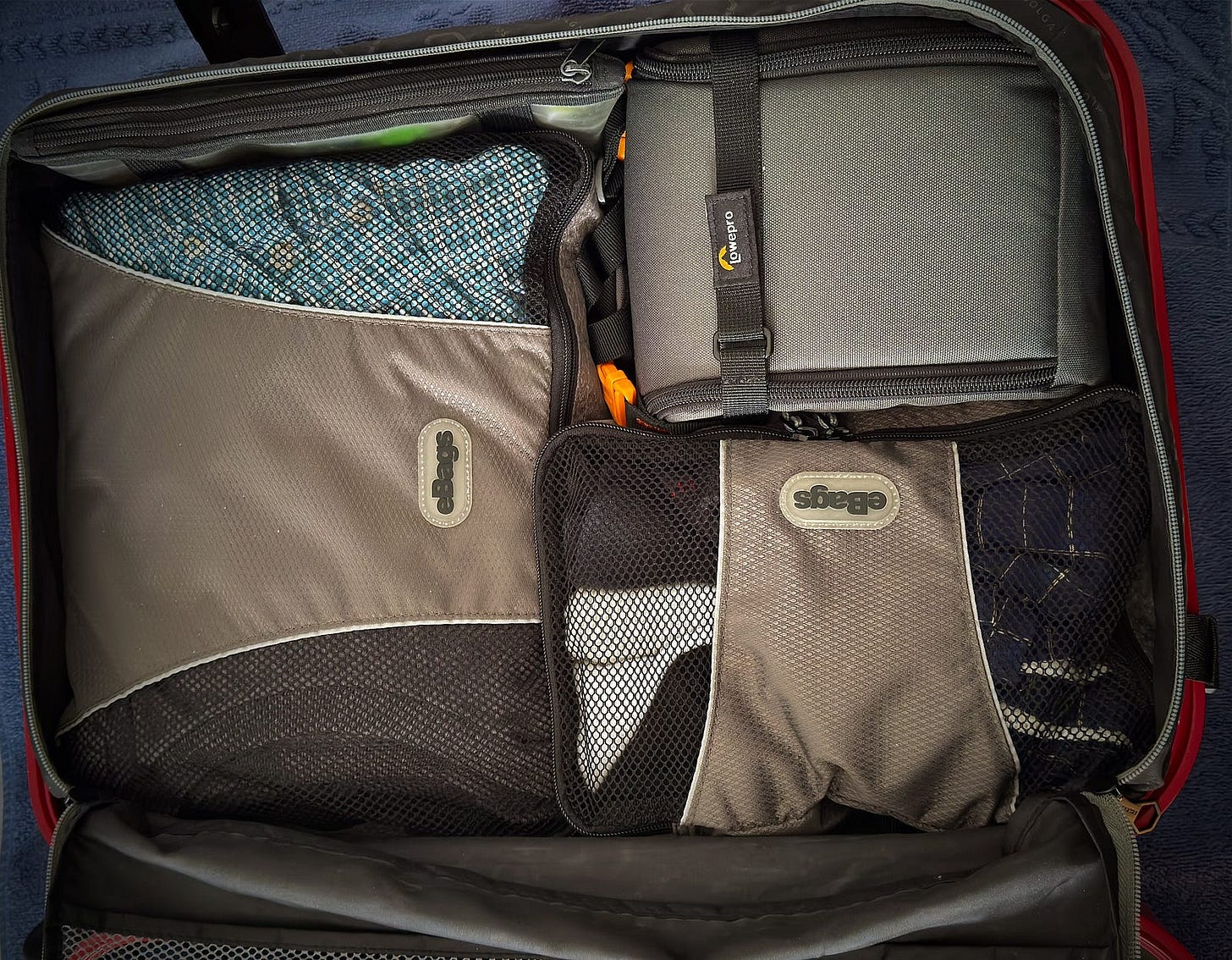
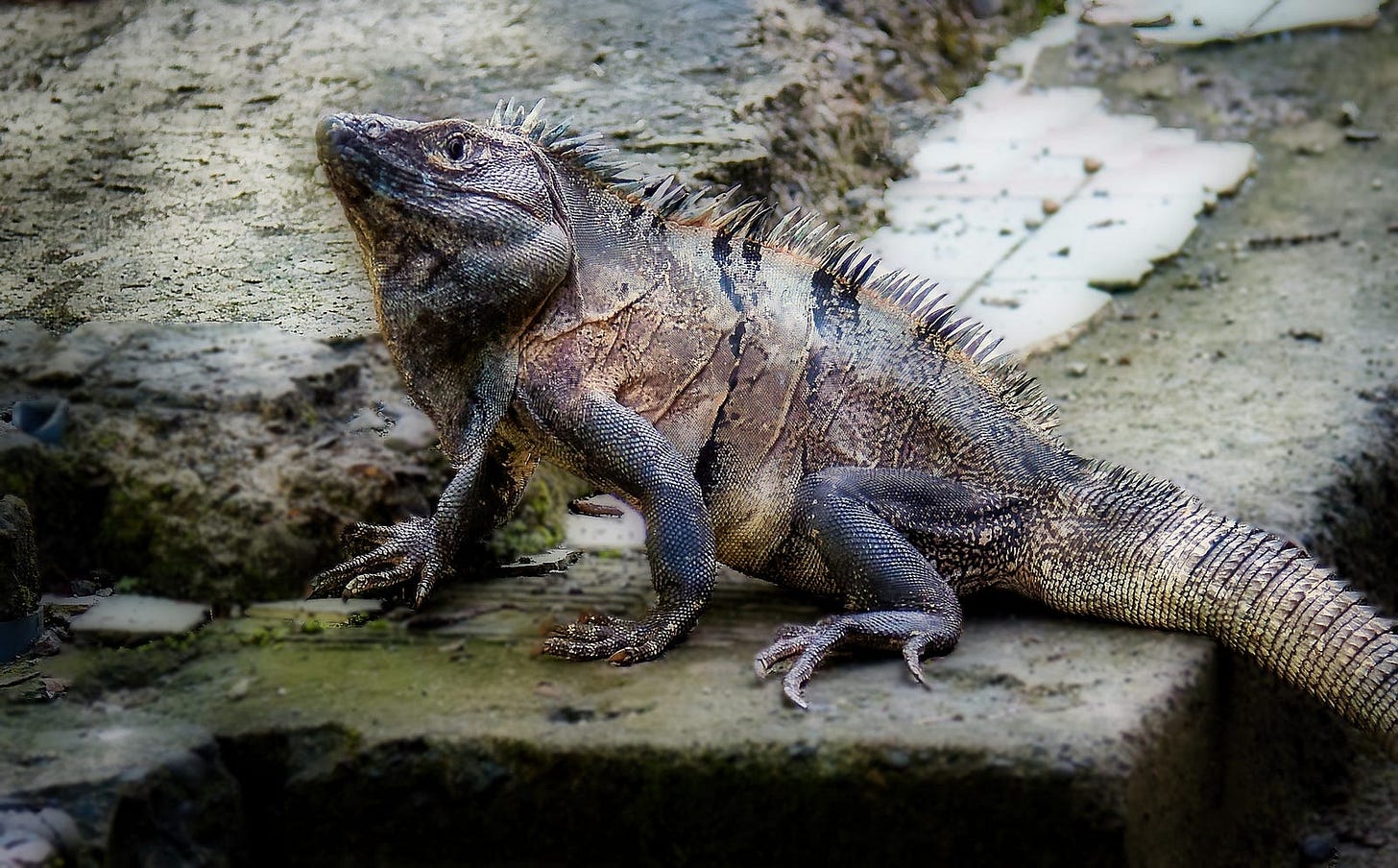
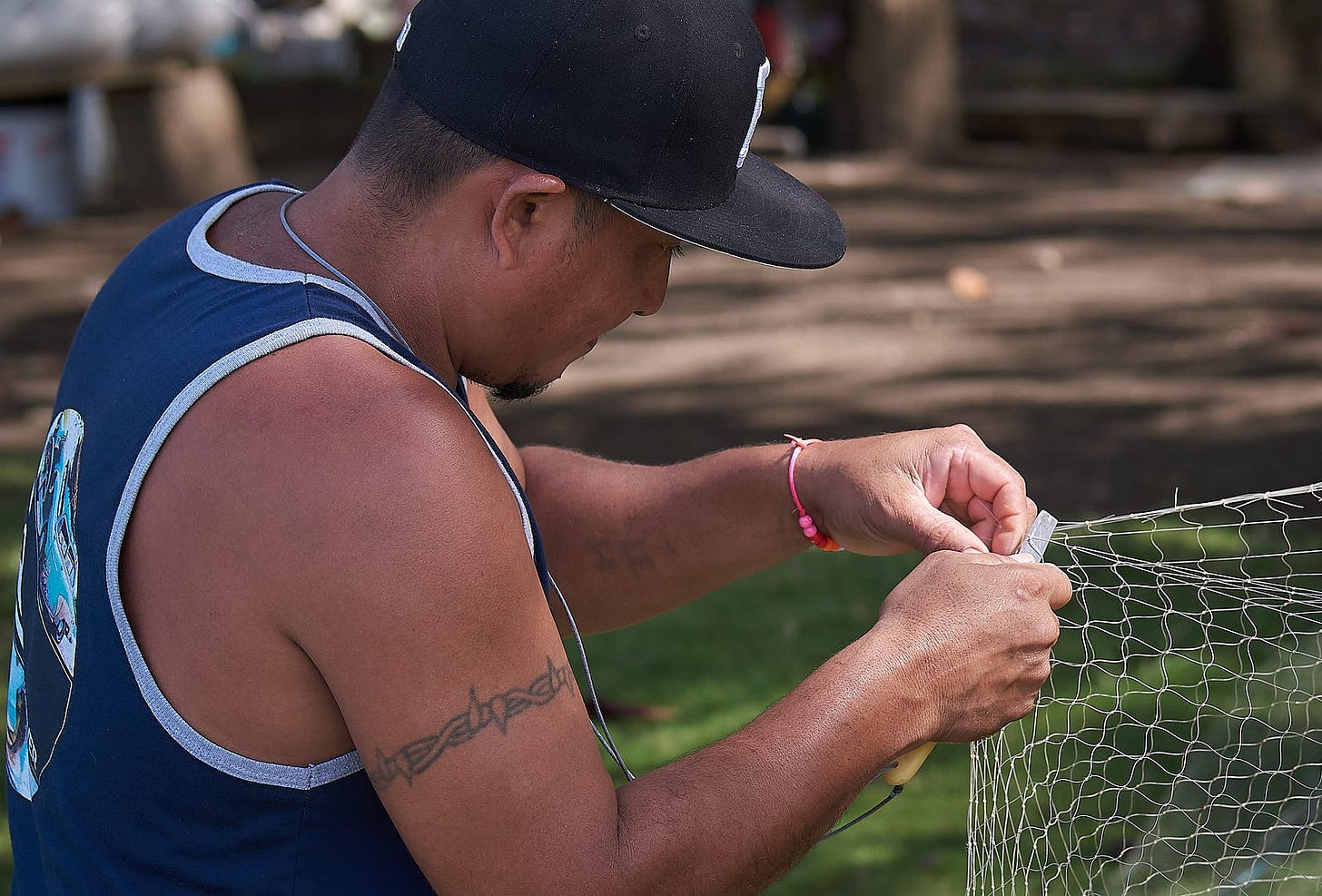
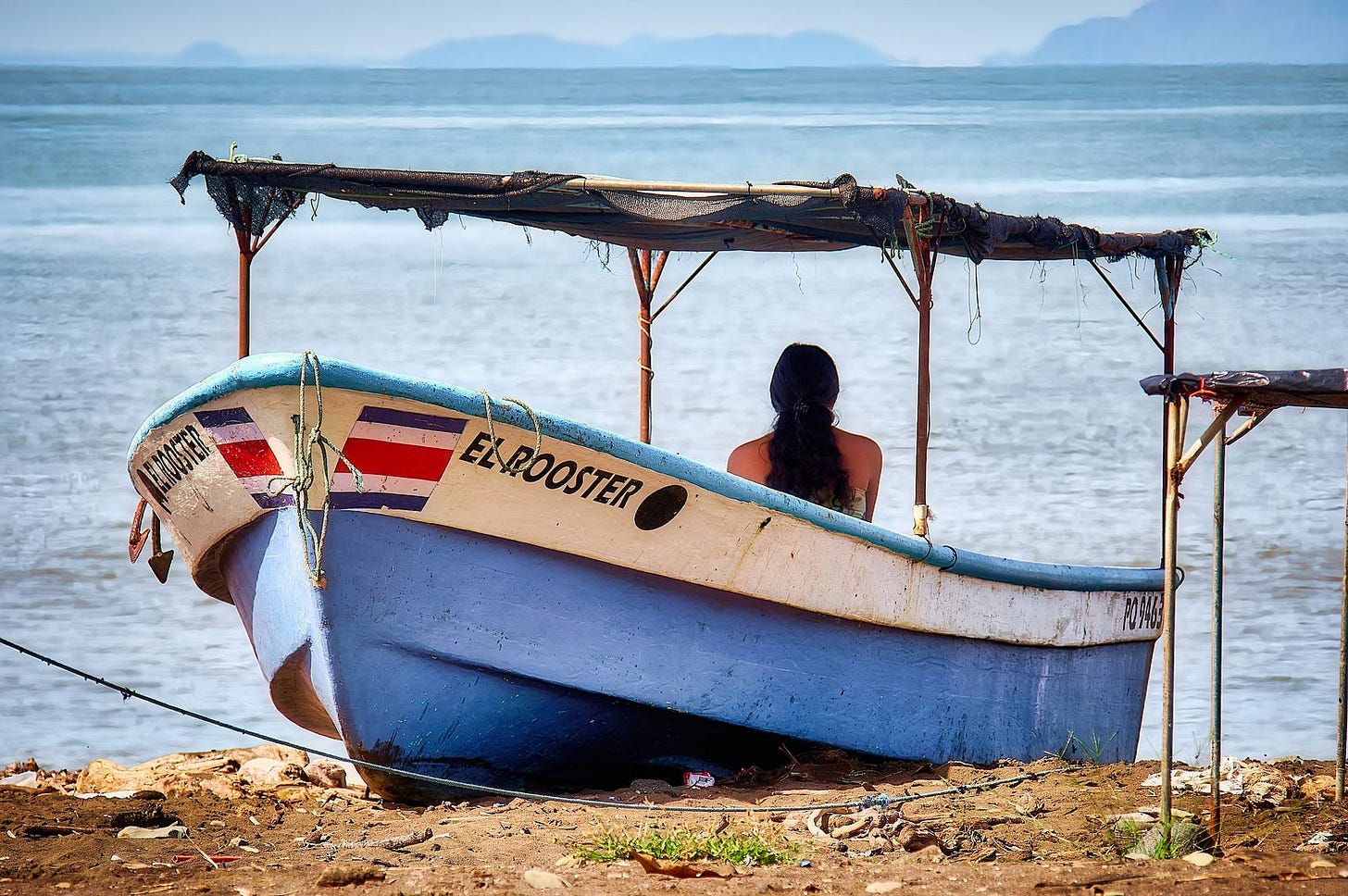

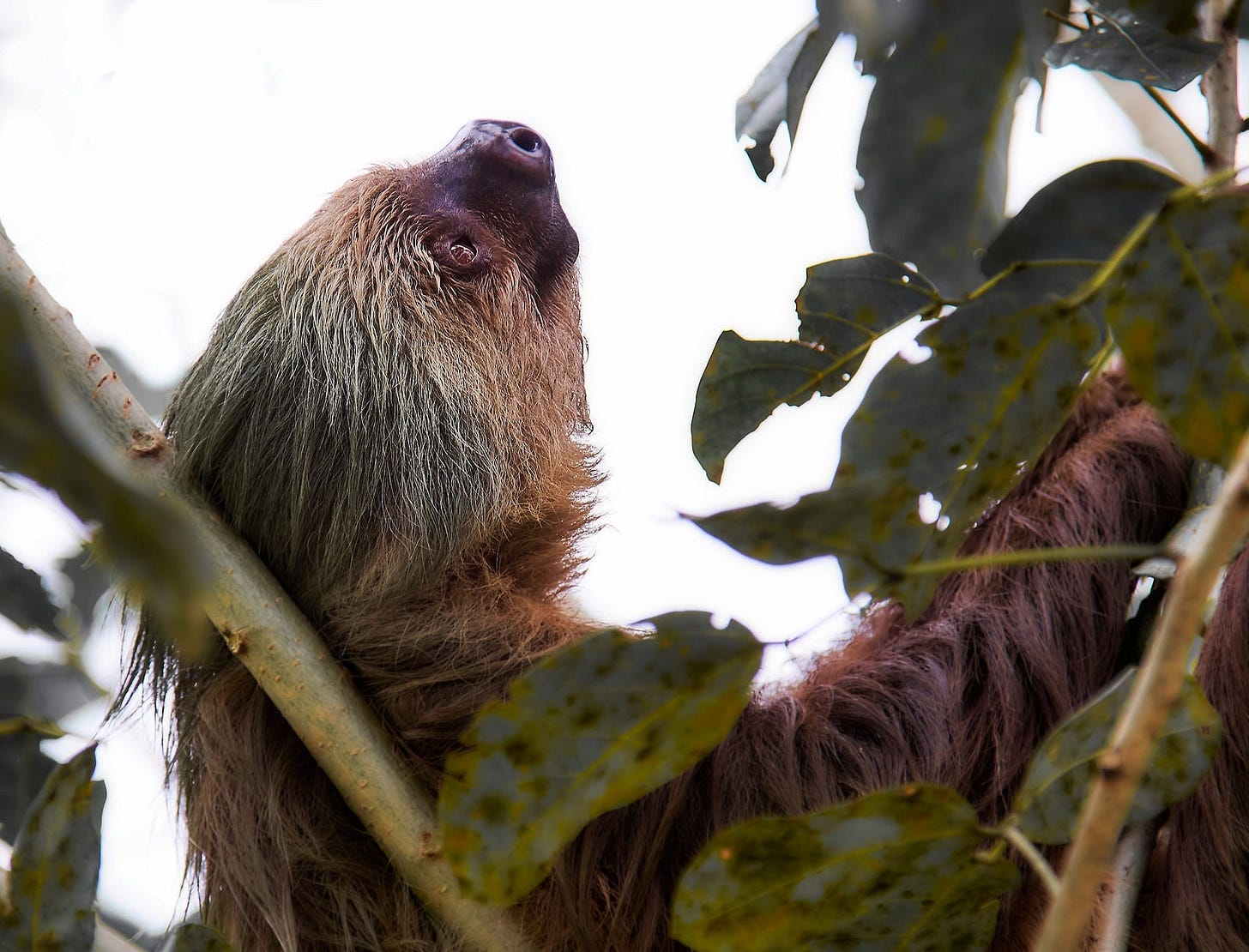

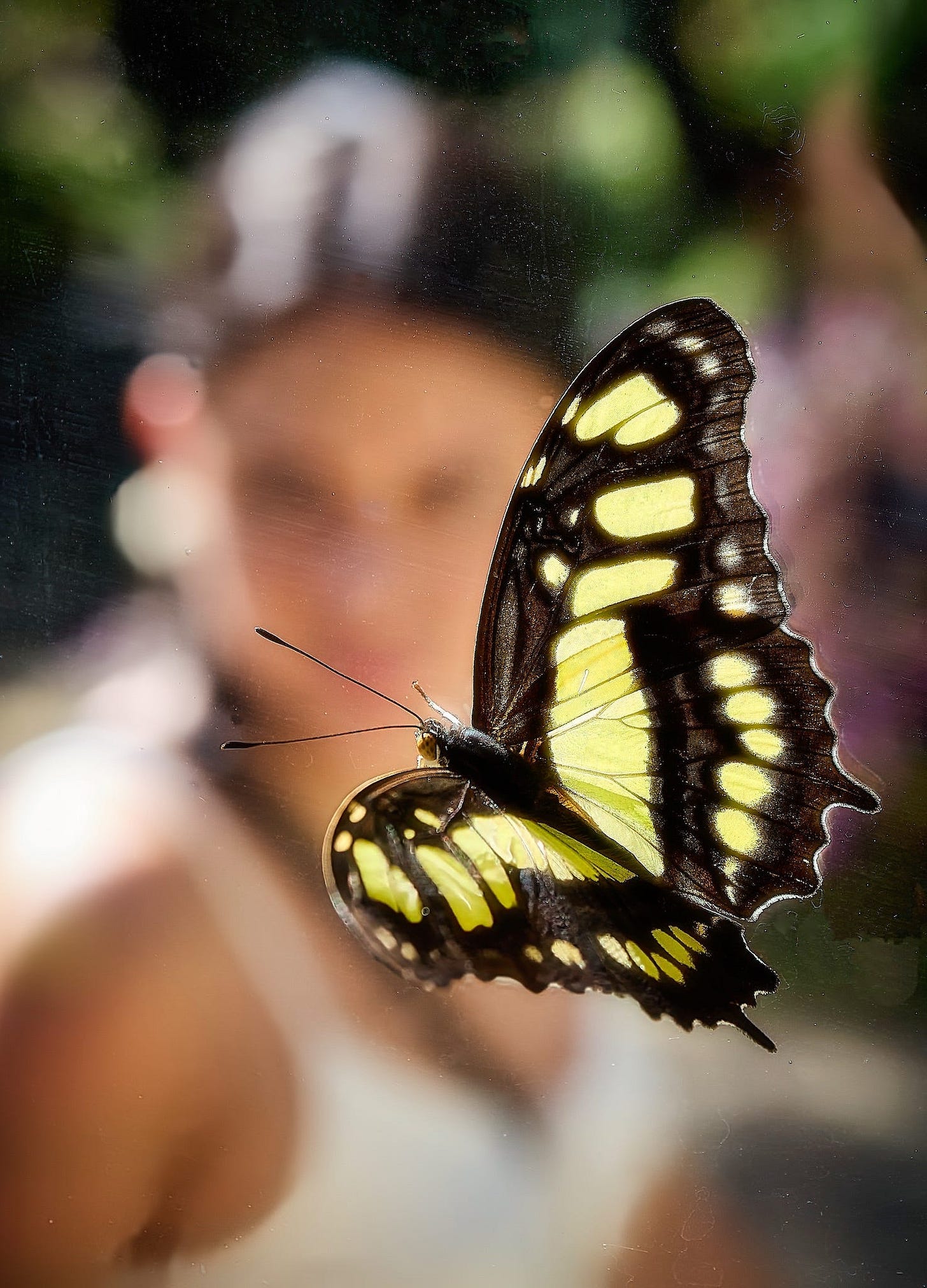
Hi Derrick, how do you think your Nikon 28-400 would have fared on a crop Nikon body? I have the original Z50, and the Z50 II is looking like a nice step up. Love all your shots!
Great post and amazing photos! Thanks for inspiration!